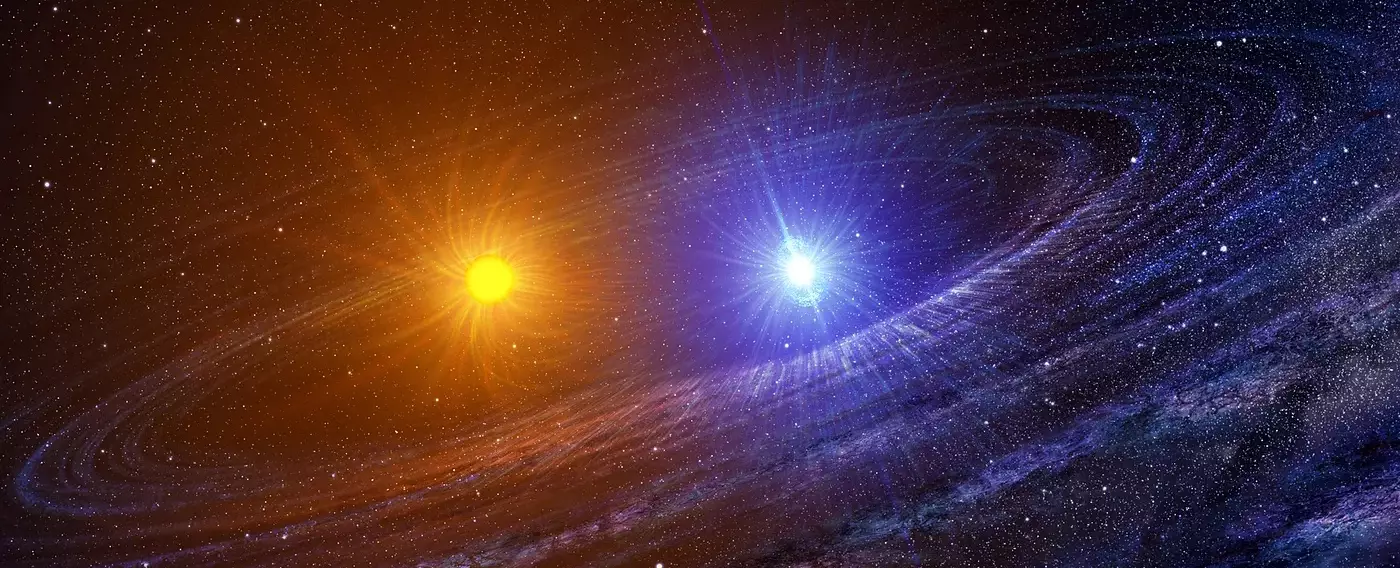The stability of planetary systems has long been a topic of interest for physicists and astronomers alike. While the rules governing the orbits of two celestial bodies are well understood, the dynamics become significantly more complex when additional bodies are introduced. The so-called “three-body problem” has perplexed scientists for centuries, leading to unpredictable instabilities that can result in objects being ejected into space or falling into their host star. This complexity has made it challenging to determine how common catastrophic instabilities truly are in the universe.
In a recent study published in Nature, researchers shed some light on the prevalence of planetary instabilities in nearby star systems. By surveying twin stars, which are known to have formed from the same materials at the same time, the team was able to detect subtle chemical anomalies indicating that one star had engulfed planetary material from its system. This groundbreaking approach allowed the researchers to rule out other explanations and identify instances where planets had been consumed by their host stars due to orbit instabilities.
The study also uncovered a potential link between planetary instabilities and the presence of super-Earths in a system. These intermediate-sized planets, larger than Earth but smaller than gas giants like Jupiter, may introduce gravitational perturbations that lead to instability. This revelation challenges the notion of stability within planetary systems and suggests that the dynamics of multiple-body systems are far more intricate than previously thought.
As we reflect on the findings of this study, it prompts us to reevaluate our understanding of the universe and our place within it. While our own Solar System may appear stable, the prevalence of instabilities in other systems raises questions about the fragility of cosmic homes. The researchers emphasize that while planet engulfment and instabilities do occur, they are still relatively rare occurrences in the vastness of space.
This study serves as a reminder of the delicate balance that allows life to thrive on Earth and the potential for instability in other planetary systems. By continuing to explore the mysteries of the cosmos, researchers hope to inspire new studies on planetary dynamics and their relationship with host stars. As our understanding of multiple-body systems evolves, we are reminded of the complexities that shape the universe around us and the importance of studying these intricacies to gain a deeper appreciation for the beauty and fragility of our cosmic home.


Leave a Reply